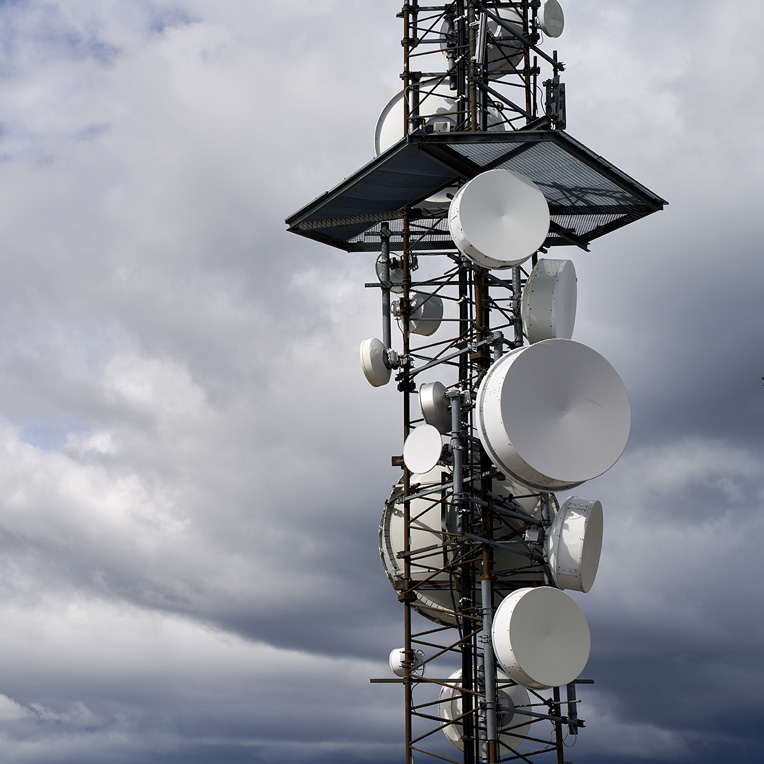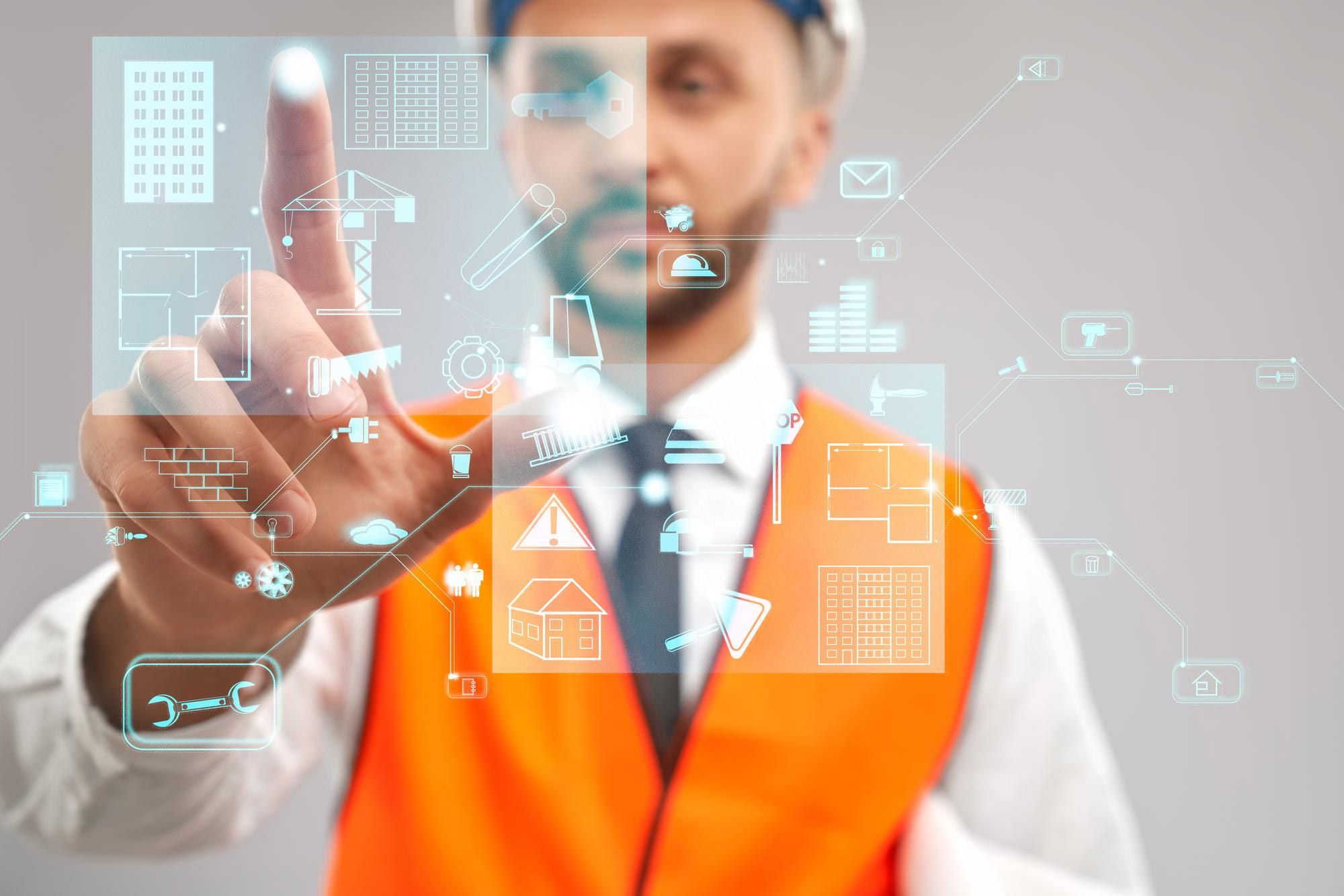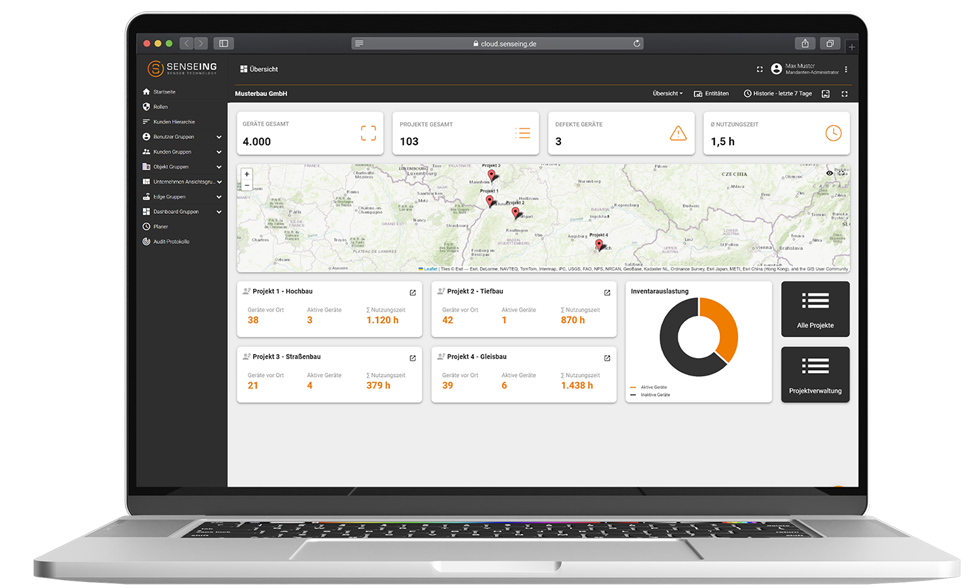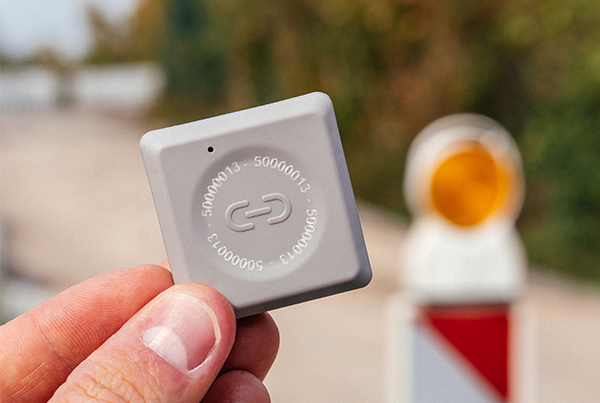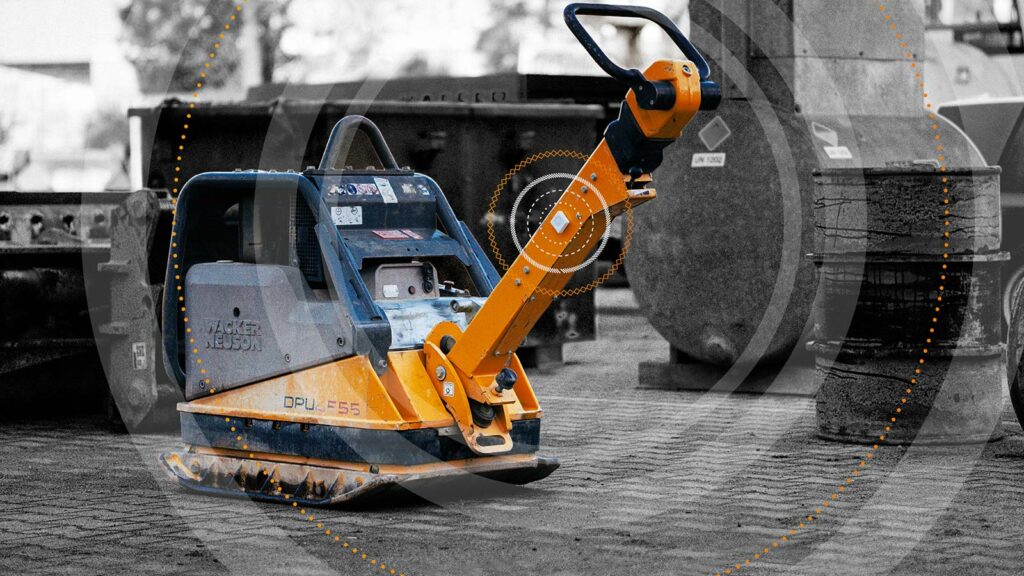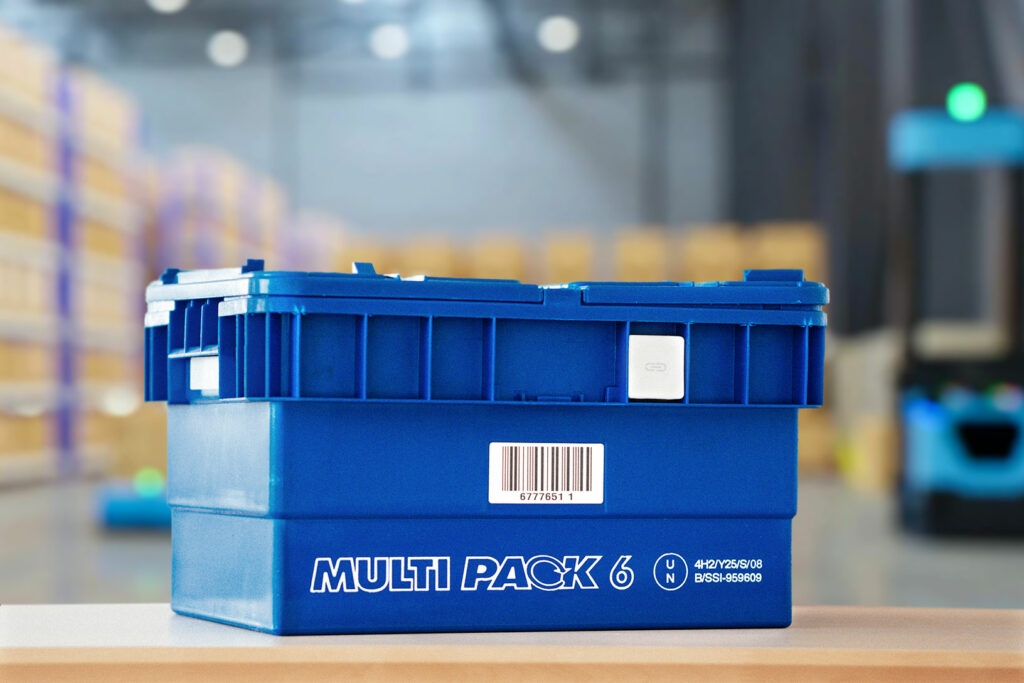5 Steps for a Successful IoT Project
Whether in smart cities, Industry 4.0 or logistics - the Internet of Things (IoT) offers great potential for optimising processes in companies. At the same time, the integration of the IoT often presents companies with challenges due to its complexity. To save costs and ensure smooth implementation, it is advisable to consult an IoT specialist as early as the conception phase. After all, companies specialising in the Internet of Things, such as SenseING, have the necessary know-how and the corresponding overview to successfully implement projects.
In this blog post, we have summarised five important steps that will help you make your IoT project a success.
1. Definition of the Project Objective
Before starting an IoT project, it is important to define clear goals and carefully analyse the needs. Goals such as increasing efficiency, reducing costs or optimising the supply chain should be identified. It is also important that the goals are realistic and measurable. Distinguish between short-term, medium-term and long-term goals, whereby you should first focus on the short-term goals. This is the only way you can determine at the end of the project whether you have achieved your goals or not. The more precise your project goal is, the better you can align your resources and strategies to it. So all in all: take enough time to define your goals and implement them clearly and precisely - this will lay the foundation for project success.
2. Choosing the Right Technology
Once you have defined your goals, it is important to select the right IoT platform and the appropriate IoT devices and infrastructure. In doing so, you should ask yourself the following questions: What functionalities do we need? What are our security and data protection requirements? Do we need a scalable solution for future growth? Does the infrastructure already need to be suitable for a nationwide rollout? Which interfaces are needed?
There are many different platform and equipment providers on the market, so it is advisable to make a comparison and evaluate several options. Also look to see if the providers have experience in your industry or can meet specific industry requirements.
Note that the connectivity of the components plays an important role in the choice of technologies. Make sure that the different components of the IoT are compatible with each other. Creative workshops with your technicians are very helpful here.
Another important aspect in the selection of a IoT platform and infrastructure is the integration with your existing systems. Seamless integration not only enables better control over project management, but also saves time and costs.
In summary, it is crucial to carefully consider the choice of the right IoT platform and devices as they are essential to the success of the project.
3. Secure and Protect Your Network
Due to the large number of networked devices in the Internet of Things, it is especially important to protect your network from cyber attacks. Here are some measures you can take:
- Check regularly that all devices and components in your network have the latest security updates. Manufacturers regularly release patches and updates to close known security gaps. Therefore, always keep your devices up to date.
- Separate your network into different segments or VLANs to limit the spread of attacks. This prevents a compromised device from compromising the entire network.
- Set up a firewall to prevent unauthorised access to your network. Configure the firewall to allow only the necessary traffic.
- Set up monitoring tools to detect suspicious activity on your network. Regularly check logs and events to detect possible security breaches early.
- Ensure that regular backups and data backups are automated
By implementing these security measures, you can effectively protect your network and reduce the risk of cyber attacks.
4. Implement and Test Your Application
Implement your project plan by testing and implementing the required IoT devices and infrastructure in a prototype setup. Work with your team or external experts to integrate the hardware, software and network components. Thoroughly test the system to ensure it runs smoothly and delivers the desired results.
Note that testing your applications is a continuous process. This means that you need to regularly update and improve your applications to ensure that they meet your requirements.
5. Roll-out, Optimisation & Scaling
After you have tested and validated your IoT applications, it is time to roll out your project to the. Analyse your data carefully and identify weaknesses or areas for improvement. Use these insights to optimise your applications and improve their performance.
Scalability is an important factor for the long-term success of your IoT project. Plan for scalability from the beginning to ensure that your applications can keep up with an increasing number of users. Make sure your IoT platform and network architecture are scalable enough to handle future growth.
Conclusion: How to Achieve a Successful IoT Project
A successful IoT project is not a simple undertaking. It requires careful planning, a clear vision and a deep understanding of the technical aspects. However, with the five steps in this article, you can ensure that your project is on the right track. First, define your goals and make sure they are realistic and measurable. Then select the appropriate IoT technology that meets your needs and gives you the flexibility you require. Protect your network from cyber threats and make sure your data is safe. Test your applications carefully and make sure they run smoothly. Continually optimise and scale your project to ensure it remains successful.
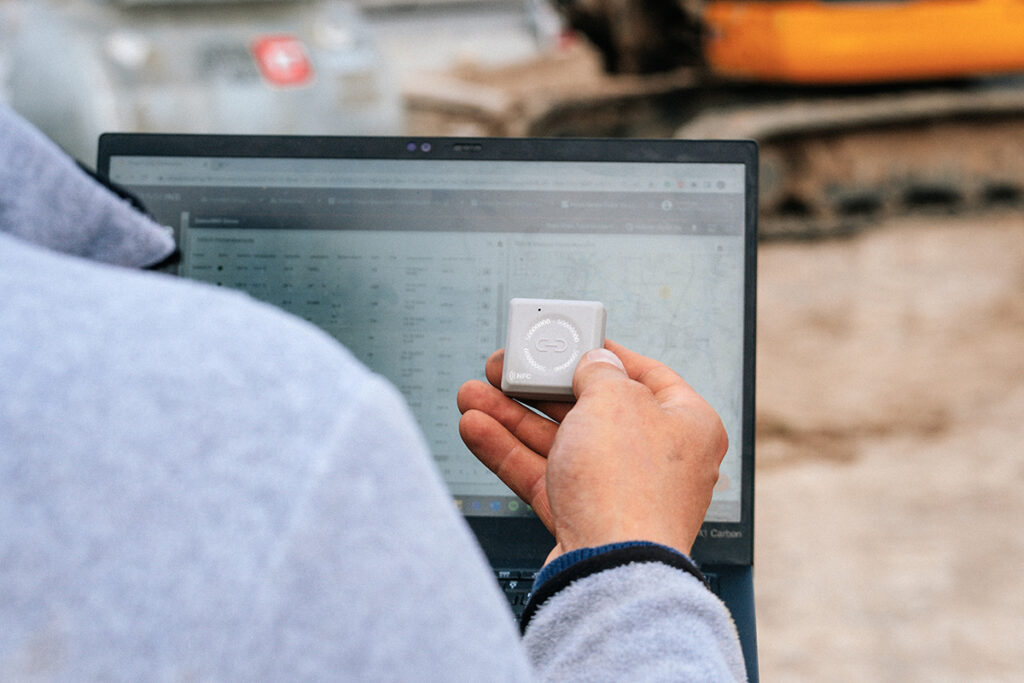
Our Professional IoT Service for Your Success!
Take advantage of our know-how as IoT experts and benefit from our comprehensive range of hardware, software and service - from installation to analysis of your data.


